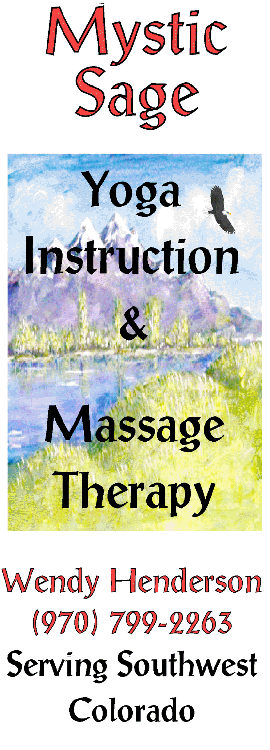
Managing Pain Through Orthopedic Massage
When someone says the words massage therapy, what images come to mind? Perhaps soft music, candles, dimmed lighting, and the therapist entering the room to soothe your senses. This image of massage therapy is certainly accurate and true of the massage therapy experience, but the scope and extent of the treatment can go beyond your typical spa experience. The right massage therapy treatment can be an integral part of an over-all health plan that addresses the healing of existing injuries, injury prevention, and achieving optimal performance and health.
Massage therapy has been practiced for thousands of years and over that time specific disciplines have emerged. Some common treatments include Swedish, Sports, Trigger Point, Hot Stone, Reflexology, Lymphatic, and Orthopedic massage. While I practice all of these techniques, I am focusing this article on Orthopedic Massage. Orthopedic Massage is unique in it's ability to provide correction to structural misalignment and give immediate relief to chronic pain.
Orthopedic massage, in general terms, can be defined as bringing the skeletal system back into balance. The study of Orthopedic massage deals with identifying the muscles that are out of balance and contributing to skeletal imbalances in the body. How does this happen and how might it apply to you?
We are a population of specialists. Our jobs have us performing specific functions day after day, month after month, and year after year. Over the course of time, certain muscles become shortened and tight while others become lengthened and weak. These muscles, as well as the frame they support, work together as a system. Often pain in one muscle is caused by another muscle that may not hurt at all.
For reasons such as posture, repetitive use, and scar tissue from injuries, our bodies fall into mis-alignment. This mis-alignment is often the source of discomfort and pain. Orthopedic massage studies the posture of the client to better understand the mechanics of the affected area. It is through this structural analysis that an effective solution can be applied.
A common example where this occurs is in a work-related scenario. Someone who works at a computer has their arms extended forward, most of the day. The muscles in the front of the shoulders, the pectoralis major and minor, will become short and tight from this repetitive motion.
For every muscle there is an opposing muscle that produces the opposite action. In this case, the pectorals shorten while the rhomboids (on the back and in-between the shoulder blades) must lengthen. If this action is consistent, then the muscles become conditioned into this posture and stay there. The rhomboids do not like functioning and stabilizing the shoulder in this lengthened state and can become ischemic (lacking oxygen) and painful. The muscle tissue is tight, yet lengthened, and puts tensile stress on the tendons.
Trigger Points often form in the muscle and radiating pain spreads to other areas. While massaging the rhomboids may provide temporarily relief, this may exacerbate the long-term issue. While this person may not feel pain in their pectorals (the front of their shoulder), it is from this muscle group that the imbalance begins. Pectoralis minor syndrome may also occur in this scenario, causing impingement of the nerve supply to the arm and leading to numbness in the fingers
This is an example of how compensatory problems start with one tight or loose muscle and spread through your whole body. By simply massaging the muscle that hurts, a massage therapist may not be treating the root of the problem. It is important to address and re-educate the correct musculature and restore proper alignment
Our bodies are a large, inter-connected systems that isn't so different from a system of levers and pulleys. Tension and dysfunction travels through our body in a rational series of "cause and effect". So the next time you feel a pain in your neck, consider that it might be coming from your toe!
While Orthopedic Massage has been known to provide spontaneous structural re-alignment (a seemingly instant cure), a customized stretching and strengthening routine is essential in re-conditioning the affected musculature.
If anyone has any questions regarding this article, I can be reached at (970) 799-2263 or through my Website at wendy@mysticsagemassage.com.